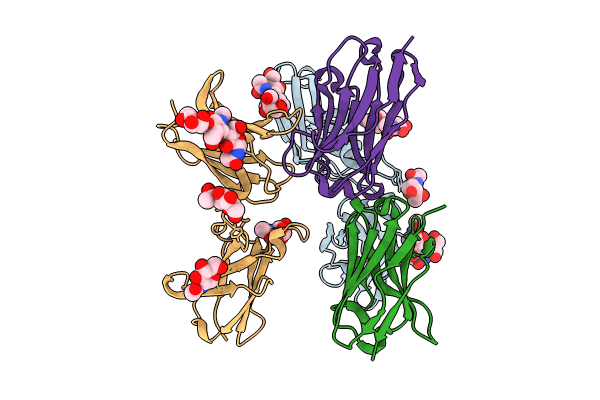
Deposition Date
2023-07-20
Release Date
2024-06-26
Last Version Date
2024-10-23
Entry Detail
PDB ID:
8K4Q
Keywords:
Title:
Crystal structure of nanobody HuNb103 bound to human interleukin-4 receptor subunit alpha
Biological Source:
Source Organism:
Homo sapiens (Taxon ID: 9606)
Camelus dromedarius (Taxon ID: 9838)
Camelus dromedarius (Taxon ID: 9838)
Host Organism:
Method Details:
Experimental Method:
Resolution:
2.59 Å
R-Value Free:
0.27
R-Value Work:
0.22
R-Value Observed:
0.22
Space Group:
P 1 21 1


